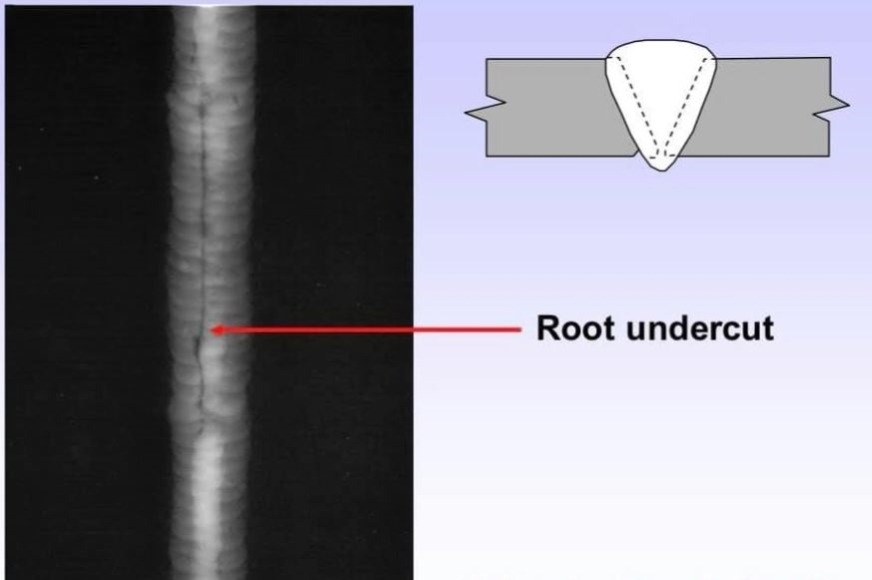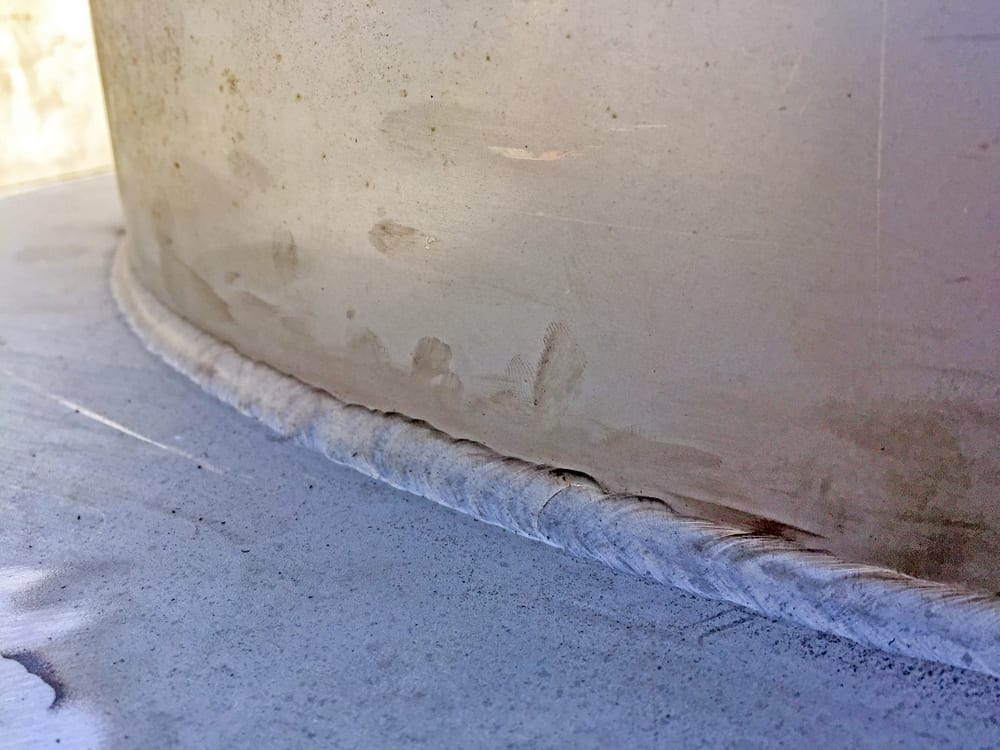Vital Tips for Welders: Protecting Against Undercut Welding and Ensuring Stronger Weld Joints
In the world of welding, accomplishing strong and sturdy weld joints is the keystone of creating top notch work. One common challenge that welders frequently experience is undercut welding, which can compromise the honesty of the weld joint.

Comprehending Undercut Welding
Undercut welding is an usual welding defect that happens when the weld metal falls short to correctly load the groove and results in a groove-like clinical depression along the weld bead. This issue compromises the weld joint, making it at risk to breaking and failing under stress. Undercutting can be triggered by various factors, including too much welding current, high welding speed, inappropriate electrode angle, incorrect electrode dimension, and inadequate welding technique.
One of the major reasons for undercut welding is an inequality between the welding present and the welding rate. If the welding current is too expensive or the welding speed is too quick, the weld metal might not adequately fill the groove, bring about damaging. Furthermore, using an electrode that is too big can lead to a comparable end result, as the excess metal can not effectively flow into the groove.
To avoid undercut welding, welders need to guarantee they are using the appropriate welding specifications, keep an ideal electrode angle, pick the appropriate electrode size, and practice proper welding methods. By dealing with these variables, welders can reduce the danger of damaging and create stronger, much more dependable weld joints.
Proper Welding Method
Reliable welding strategy plays an essential role in guaranteeing the quality and honesty of weld joints. Correct welding strategy entails a mix of adherence, precision, and skill to ideal techniques. One fundamental aspect of proper welding technique is maintaining the proper angle and range in between the welding weapon and the work surface. Welders should also pay attention to the travel speed and warm input to avoid concerns like damaging, porosity, or insufficient combination.
In addition, a constant and stable hand movement is crucial for producing solid and long lasting weld joints. Welders should go for smooth, consistent movements to make certain even circulation of the weld material. Appropriate manipulation of the welding gun and filler material is likewise key to accomplishing optimum penetration and blend.
Additionally, regulating the warm input and picking the suitable welding criteria based on the material being bonded are vital consider accomplishing high-quality welds - Preventing weld undercut. Welders must adhere to the recommended settings given by welding procedure specs and readjust them as needed based on the certain needs of the project. By mastering appropriate welding methods, welders can considerably improve the stamina and integrity of their weld joints
Picking the Right Electrode
Preserving the proper angle and range between the welding gun and the workpiece is essential when taking into consideration the importance of selecting the best electrode in welding applications. The choice of electrode plays a vital duty in determining the quality and strength of the weld joint. Electrodes are available in different kinds, each designed for specific purposes and products.
To start with, selecting the proper electrode diameter is vital. Thinner electrodes appropriate for welding slim materials, while thicker electrodes are better for thicker materials and higher heat applications. Matching the electrode diameter to the density of the work surface assists accomplish a balanced weld.
Secondly, recognizing the product make-up of the electrode is important. Different electrodes are designed for welding details products like steel, stainless-steel, light weight aluminum, or cast iron. Utilizing the right electrode material guarantees good fusion and reduces the risk of defects in the weld.
Last but not least, review thinking about the welding placement and method is important when picking the electrode type. For example, specific electrodes are better suited for upright or above welding positions, while others function well for level or horizontal placements. Selecting the appropriate electrode based upon the welding technique boosts the general weld quality and stability.
Preparing the Base Metal
To guarantee an effective welding procedure, what initial steps should be taken when preparing the base steel for welding? In addition, any existing weld material or deposit from previous welding need to be removed to make sure a tidy surface area for the new weld.

Carrying Out Post-Weld Assessments

After carrying out these evaluations, welders should compare the results against industry criteria and task demands to make sure that the weld joint satisfies all necessary criteria. Any kind of insufficiencies or variances found during the post-weld inspection needs to be immediately dealt with through ideal rehabilitative steps to assure the weld's honesty. By carefully carrying out post-weld inspections and without delay attending to any concerns, welders can maintain the top quality and dependability of their work, eventually contributing to the safety and security and durability of the bonded structures.
Verdict

In final thought, protecting against undercut welding and making certain stronger weld joints call for a combination of correct welding method, picking the best electrode, preparing the base steel correctly, and conducting post-weld assessments. By understanding the reasons of undercut welding and carrying out the necessary Home Page preventative measures, welders can produce high-quality weld joints that satisfy sector standards and make sure the structural stability of the bonded parts.
Undercut welding is a common welding flaw that occurs when the weld metal stops working to correctly fill the groove and results in a groove-like anxiety along the weld grain (Preventing weld undercut). Undercutting can be created by various elements, consisting of too much welding current, high welding rate, improper electrode angle, incorrect electrode size, and bad welding strategy
One of the main reasons for undercut welding is a discrepancy in between the welding existing and the welding speed. If the welding current is also high official statement or the welding rate is also fast, the weld metal may not appropriately load the groove, leading to undercutting.Maintaining the appropriate angle and range in between the welding weapon and the workpiece is fundamental when considering the significance of selecting the ideal electrode in welding applications.
Comments on “Best Practices for Preventing Weld Undercut: Mastering the Basics”